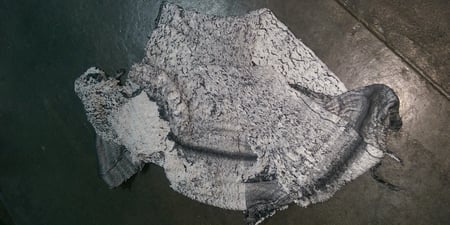
People who have been trained in scientific molding theory are familiar with the 4 main plastic variables. They are temperature, flow rate, pressure and cooling. These are normally measured as melt temperature, fill time, pack and hold pressure, and cooling time. Although they are all important and can have a huge impact on the parts you are producing, many molders are reluctant to monitor all of them, all of the time. If you can only monitor one of them, monitor your fill time.
On well-maintained equipment, the melt temperature is generally consistent. Set it and forget it. This set point is usually developed during early mold trials and is seldom changed once established. Cooling time also falls into this category. Once established it becomes your standard and is usually written in stone for the first year or so of a mold’s life (until scale and other factors start to affect cooling rates). It is more difficult to justify not monitoring pack and hold pressure. They are both extremely important, especially for dimensionally critical parts. In a perfect world you would be monitoring not only the set-points, but the actual pressures as well.
That leaves us with fill time. The time it takes for the screw to get from its full shot-size to the transfer point into hold pressure. Fill time is exactly what it sounds like--how fast you are filling the mold. This is primarily a result of injection velocity, sometimes called fill speed. How fast should you fill a mold? As fast as the mold allows.
This is often the variable that process technicians impact the most. As a mold gets dirty and the vents start to clog, the appearance of the part is affected. A burn can develop on the part, a knit-line can get more pronounced, quality starts to complain, etc. Technicians will often take the easy way out. Rather than clean the mold to open the vents back up, they will slow the injection velocity down. This will usually take care of the burn but often causes a problem somewhere else. A bad flow line, shorts at the end-of-fill, shorts on ribs and/or clip towers, or an increase in your overall cycle time.
Once your optimum fill time has been established, monitor it. Set upper and lower control limits. When you can no longer produce good parts within these limits, it’s time to clean the mold. Don’t let a dirty mold affect your part quality and profitability. Remember, a clean mold is a happy mold.
You should be monitoring as many process variables as it takes to insure you are producing good parts, but if you can only monitor one, watch your fill-time.
Learn how to reduce machine downtime with five quick purging compound tips for your injection molding application.

With over 30 years in the field, Jerry Weddell is a Technical Sales Representative with a wealth of knowledge in mold-making and purging compounds. While his expertise spans injection molding, extrusion, and blow molding, he is particularly distinguished in injection molding. Jerry's profound understanding of these processes enables him to offer targeted, practical solutions, especially in the nuanced aspects of injection molding. His commitment to providing exceptional guidance and support to clients has made him a respected and trusted figure in the industry.








Comments